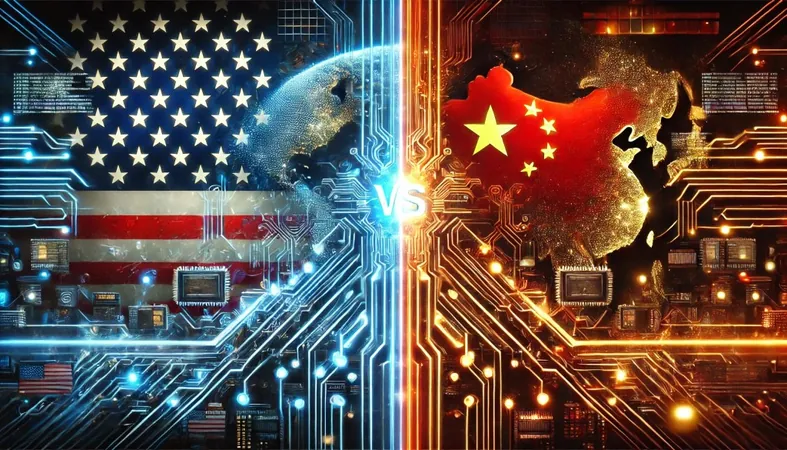
The AI Race Heats Up: Chinese Models Challenge OpenAI's Dominance
2024-11-28
Author: Siti
The AI Race Heats Up
In the rapidly evolving landscape of artificial intelligence, the stakes have never been higher as competition intensifies among leading developers. Recent weeks have seen the launch of three formidable AI models from Chinese tech enterprises—Deepseek R1 from HighFlyer Capital Management, Marco-1 from Alibaba, and a hybrid model developed by OpenMMLab. These advancements present a serious challenge to OpenAI’s o1 Preview, which has been recognized for its performance and accessibility in complex reasoning tasks.
The swift introduction of these models underscores the accelerating pace of open-source innovation, which is quickly closing the gap on established leaders like OpenAI. When OpenAI released its o1 Preview in mid-September, it set a new standard for advanced reasoning capabilities, but with competition now breaching its performance threshold, the spotlight is on OpenAI to maintain its edge in the industry. As OpenAI prepares for a potential new release next week, the pressure is mounting to prove that its leadership position isn’t faltering.
The implications of this race extend beyond the technical capabilities of AI models; they touch on OpenAI’s staggering valuation of $157 billion and its ambitious pursuit of artificial general intelligence (AGI). With rivals narrowing the gap at an unprecedented rate, OpenAI's leadership faces increasing pressure to innovate continually. In a reflection of this rapidly evolving environment, last year’s lead enjoyed by OpenAI’s GPT-4—a crucial five months ahead of Anthropic’s Claude 2—has dwindled this year, with o1 Preview being only two and a half months ahead of the latest challengers.
In addition to these developments, Anthropic has escalated the competitive landscape with its introduction of the Model Context Protocol (MCP). This open-source framework simplifies the integration process between AI and data, paving the way for next-generation applications and signaling a shift towards greater accessibility in AI technology. Simultaneously, open-source-focused organizations such as AI2 and its OLMo 2 model, along with Nous Research's Nous Forge, are also contributing to a diversifying AI ecosystem, each taking distinctive routes to provide advanced AI functionalities.
As we stand on the brink of a transformed AI landscape, experts are weighing in on the significance of these changes. Notably, AI developer Sam Witteveen has emphasized the potential of MCP to facilitate the development of personalized AI agents. His insights suggest that these transformations are not just technical achievements but pivotal moments that could reshape our interactions with technology in the very near future.
With the competition heating up, the AI community will be eagerly watching to see how OpenAI responds to these emerging threats and what the future holds for the field of artificial intelligence. The battle for AI supremacy is just beginning, and the next moves could redefine the entire landscape. Keep an eye out for these developments; the implications could be monumental!
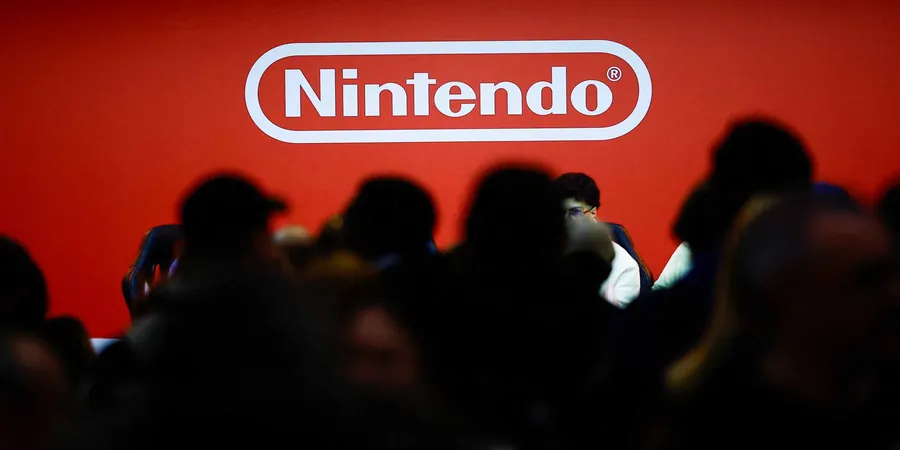
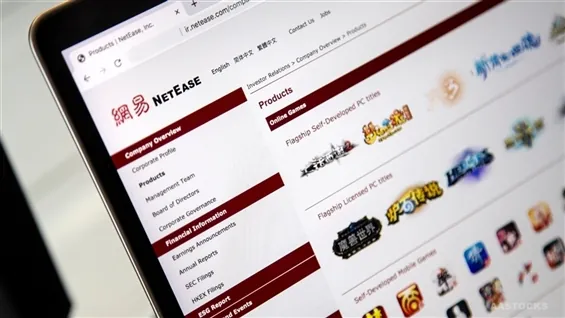
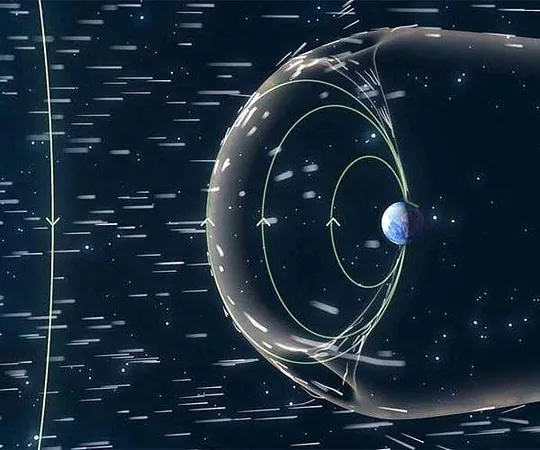
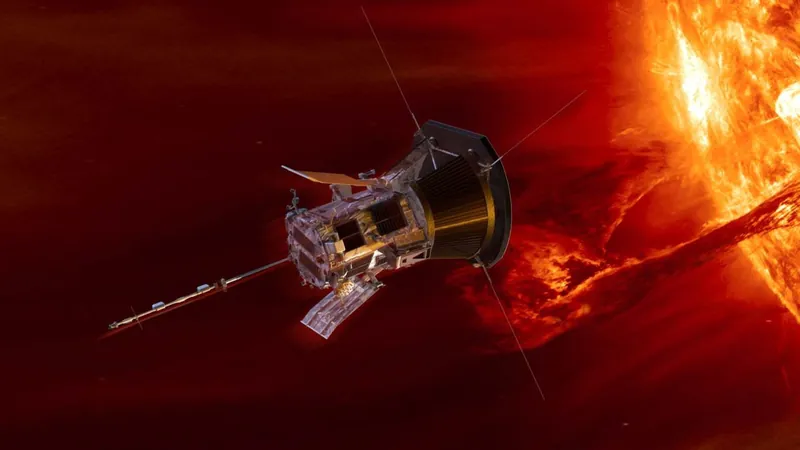
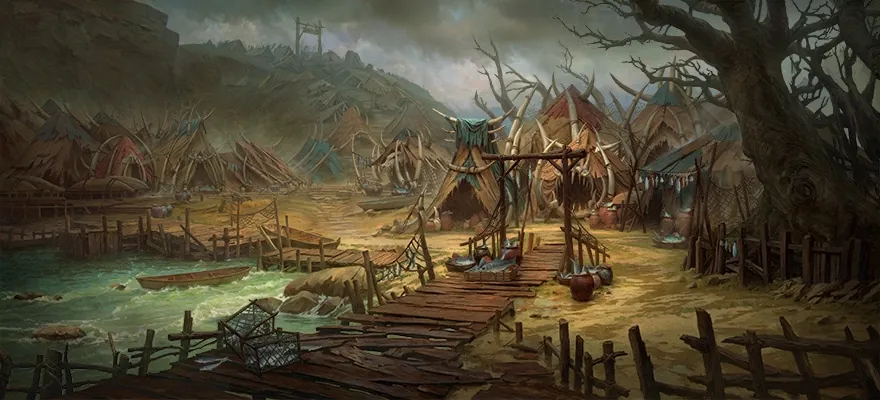
 Brasil (PT)
Brasil (PT)
 Canada (EN)
Canada (EN)
 Chile (ES)
Chile (ES)
 España (ES)
España (ES)
 France (FR)
France (FR)
 Hong Kong (EN)
Hong Kong (EN)
 Italia (IT)
Italia (IT)
 日本 (JA)
日本 (JA)
 Magyarország (HU)
Magyarország (HU)
 Norge (NO)
Norge (NO)
 Polska (PL)
Polska (PL)
 Schweiz (DE)
Schweiz (DE)
 Singapore (EN)
Singapore (EN)
 Sverige (SV)
Sverige (SV)
 Suomi (FI)
Suomi (FI)
 Türkiye (TR)
Türkiye (TR)